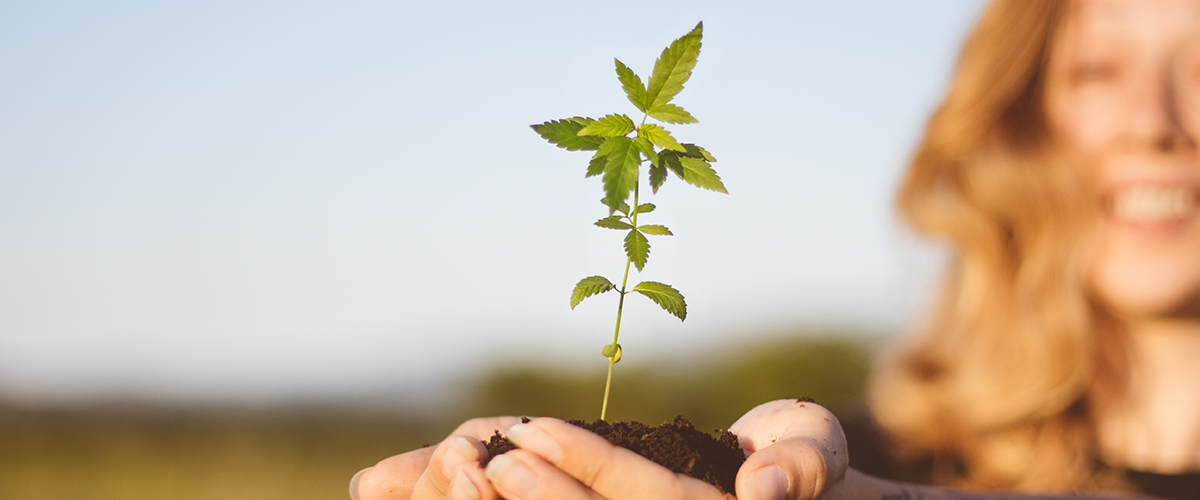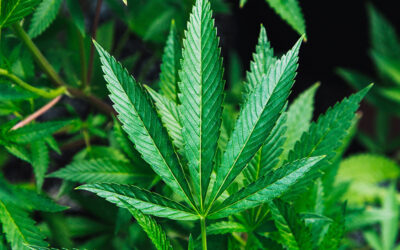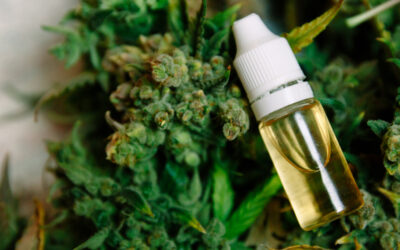Learn the genetic, practical, and legal differences between the two types of cannabis plants.
If you find that you’re confused about the differences between hemp and marijuana (“weed”), you’re not alone. The two plants do share some physical similarities, and historically they’ve been incorrectly lumped together as one-in-the-same.
While at first it can seem a little daunting to understand what distinguishes hemp from weed, once you dig a little deeper, you’ll find the two plants are contrastingly different in both purpose and chemical makeup.
To better compare the two plants, it helps to first know that both hemp and weed are members of the Cannabis plant species. When the term “cannabis” is used, it can refer to either hemp or marijuana – two plants that have been cultivated throughout recorded history for natural health and industrial purposes.
With that said, hemp is not weed and weed is not hemp. Here’s a look at how the two plants differ:
Dissimilar Physical Characteristics
While weed and hemp share some physical characteristic similarities, the two have several striking differences.
Hemp grows hardy and tall, up to 16 feet in height. The plant’s stem, which ranges in diameter from ¼” to ¾”, features little to no branches. Its leaves, which have a distinct diagnostic venation pattern with multi-divided leaflets, are typically more concentrated toward the top of the plant and are skinnier compared to those of marijuana.
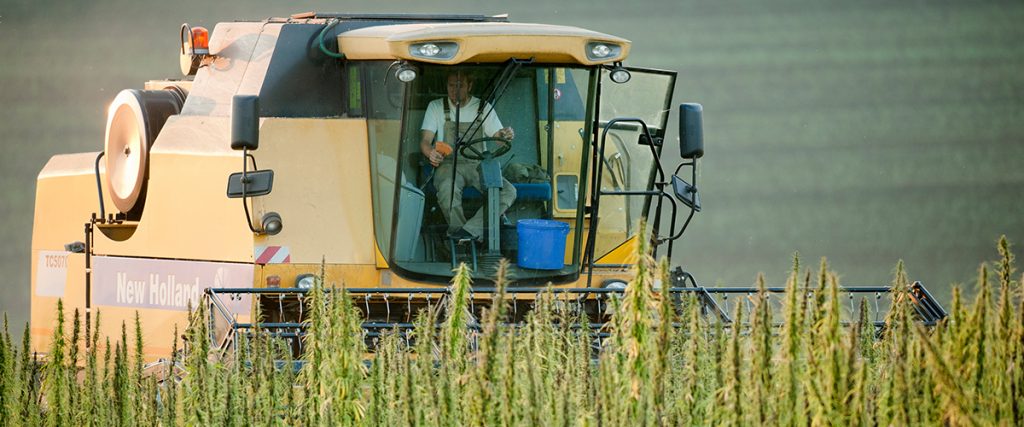
While weed can reach taller heights when grown outside, growers often autoflower the plant once it’s between 7 and 20 inches (meaning that the plant will switch from a vegetative state to a flowering one without needing light). The marijuana plant is short and bushy, allowing it to produce lots of branches and flowers. Marijuana leaves feature a similar diagnostic venation pattern, but its leaflets are in general wider than hemp’s.
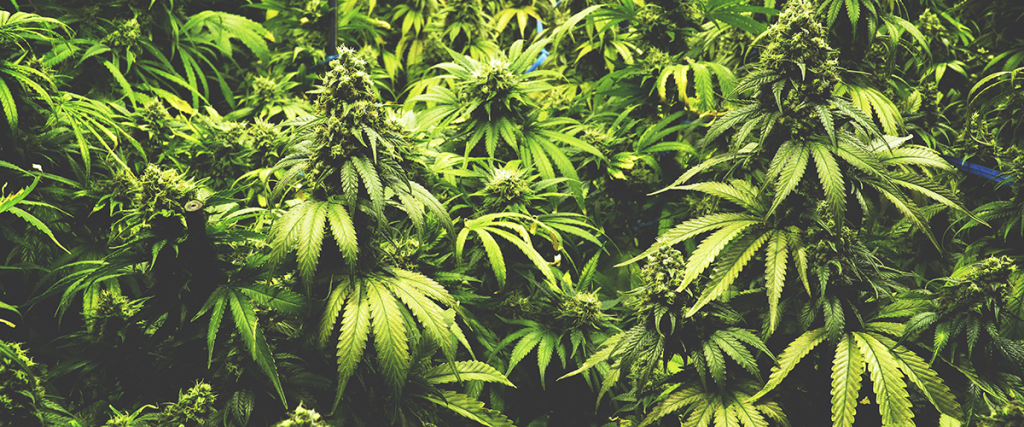
Varying Growing Conditions and Practices
In general, weed and hemp also vary in how they’re cultivated.
Hemp is a fast-growing plant, allowing farmers to harvest multiple crops in a season. Hemp is typically grown outside because it thrives under natural conditions. Because hemp is naturally resistant to most pests, the plants can grow heartily without the need for pesticides. Both male and female hemp plants are commonly planted close together to encourage seed production through wind pollination.
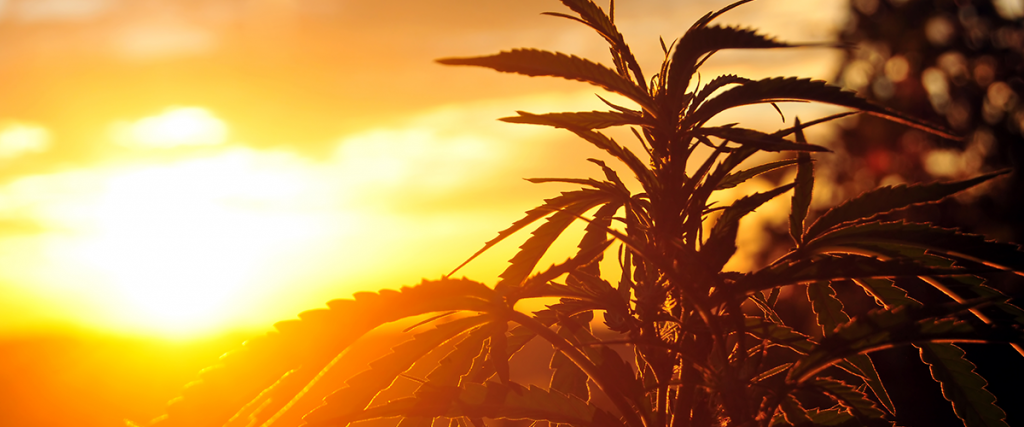
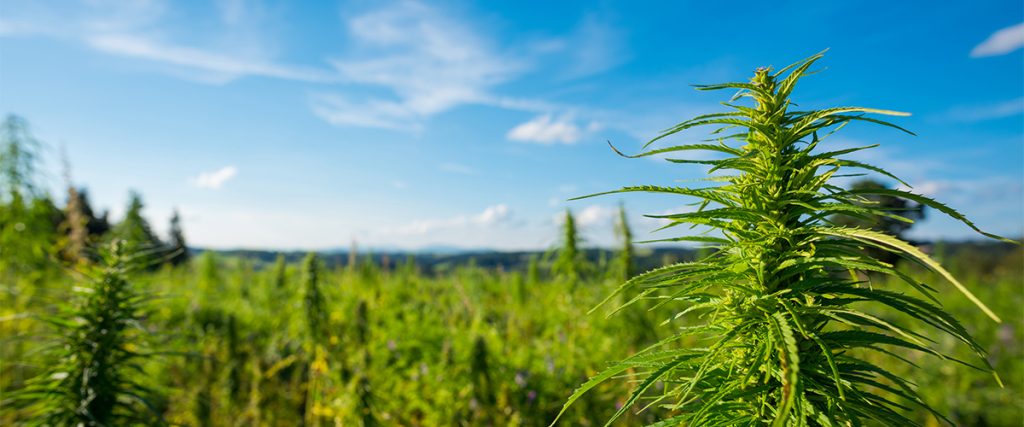
A marijuana plant at an outdoor cannabis farm field
Marijuana grows more slowly, typically taking a full 3-5 months to grow before being ready for harvest. While weed growers have historically used pesticides to protect the plants from pests, many have tried to incorporate more natural solutions.
Because weed needs to be closely monitored, it is typically grown indoors and under stable lighting, temperature, and humidity conditions. Male plants are removed to prevent the female plants from becoming fertilized, which lowers the plant’s concentration of tetrahydrocannabinol (THC).
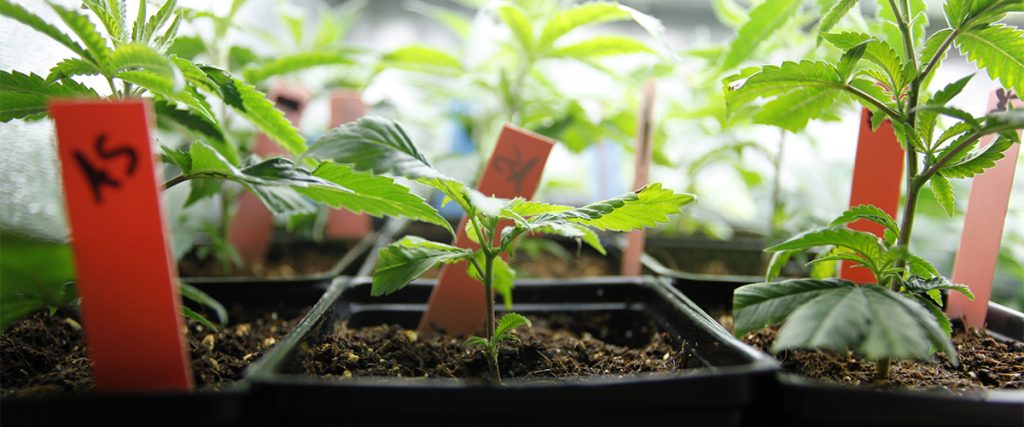
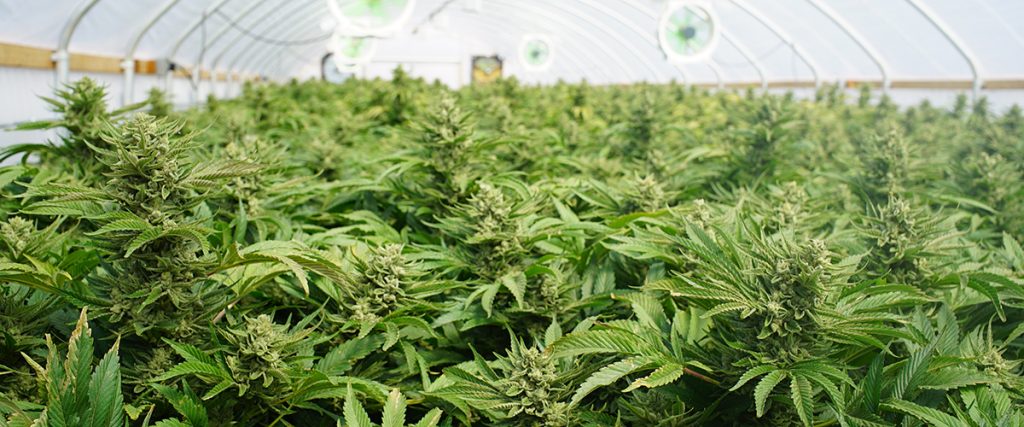
Different Practical Uses
In general, weed is a horticultural crop grown for its THC content, while hemp is an agricultural one grown for seed, fiber, and oil. In fact, hemp is an extremely versatile plant that can be used to produce thousands of products, including:
- Food
- Paper
- Textiles
- Fiber
- Building materials
- Biofuel
- Plastic composites
- Medicine
- Body care products
- Hemp oil products
Countries all over the world cultivate hemp for its industrial purposes. The entire hemp plant — including its stalks, seeds, and flowers – can be harvested to produce more than 25,000 products.
Conversely, weed is cultivated specifically for its flowers that are high in tetrahydrocannabinol (THC), the psychoactive compound that produces a euphoric “high” and is used for both medical and recreational purposes. Not all marijuana plants contain the same level of THC, and strains can be specially bred to be more potent.
Unlike hemp, only the flowers of marijuana are harvested; the rest of the plant is usually discarded because, despite THC being found throughout the entire plant, the flowers contain the highest concentrations.
Cannabinoid Concentration: THC and CBD Levels
Cannabis plants contain more than 100 different cannabinoids, or unique compounds that interact with the body’s endocannabinoid system, a signaling network tasked with regulating many of our functions. The two most abundant of the many cannabinoids found in cannabis are THC and cannabidiol (CBD).
While THC is a psychoactive cannabinoid and elicits a euphoric high, CBD is non-psychoactive, meaning it interacts with our naturally occurring systems but doesn’t cause a high.
Hemp naturally contains a higher concentration of CBD, but does it have THC? Very little.
In fact, for cannabis to be considered hemp, it must contain no more than 0.3 percent THC.
In general, weed is naturally higher in THC than in CBD. While THC concentration can vary significantly by marijuana strain, on average, weed contains 12 percent THC. Some marijuana strains contain 25 to 30 percent THC — nearly 100 times more than the most potent hemp.
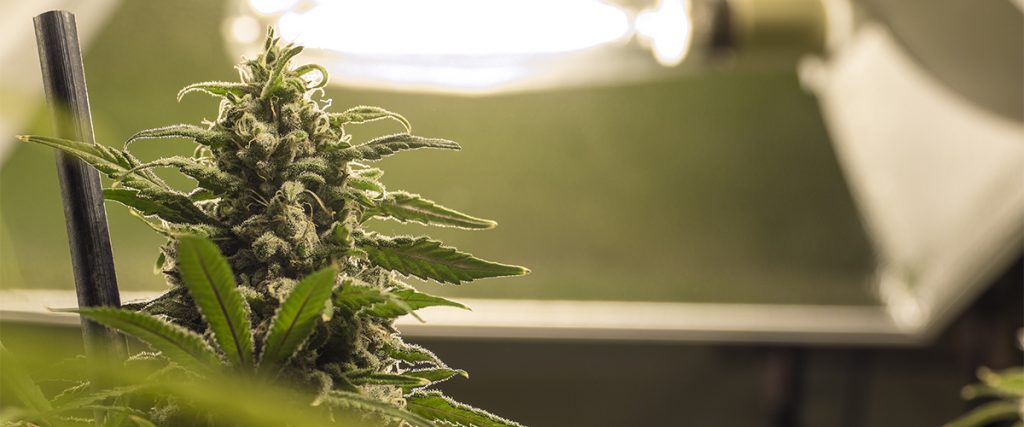
Legal Status: Hemp vs. Marijuana
In the United States, there is a patchwork of laws and regulations in the U.S. concerning the growing, processing, sale, and possession of cannabis. Marijuana is federally illegal to produce in the United States under the federal 1970 Controlled Substances Act.
While weed is completely illegal under the 1970 Controlled Substances Act, 33 states and Washington D.C. have passed their own laws legalizing the use of medical marijuana. Eleven of those states and Washington D.C. have gone a step further and have laws in place that permit the recreational use of weed.
Hemp, however, is legal to both grow domestically and import into the United States. It is federally legal to manufacture, distribute, and possess hemp and any commercial hemp-derived products. While the 2014 U.S. Farm Bill opened the door for hemp cultivation by higher-education institutions and state departments of agriculture, the 2018 Farm Bill reclassified hemp as an agricultural commodity and made it legal to grow, process, and sell the plant and derived products commercially.
Learn More about Weed and Hemp
You can learn more about hemp and marijuana, and cannabinoids like CBD and THC, by visiting our Cannabis 101 page. Keep up with the ever-developing cannabis industry through our cannabis news page.

